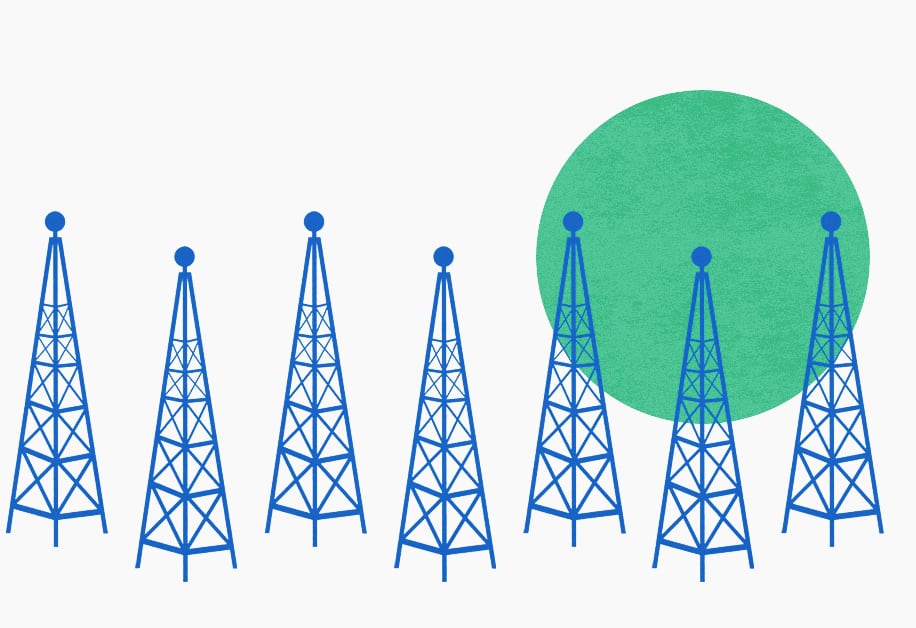What is it?
A DX Cluster is, in essence, a “chatroom” or node into which amateur DX hunters can post information about DX either worked or heard. Physically, it is a central computer that collects, stores and disseminates information that hams send to it. There are thousands of nodes around the world, connected together via the internet or radio. Connection to a cluster is by either telnet or packet radio.
The networked nature of DX clusters is perhaps its most powerful feature as it gives amateurs almost instant access to information about rare and unusual DX conditions such as meteor scatter or VHF ducting.
Cluster users will use computer software (for example, many logging programs have this capability) that is capable of communicating with the cluster. On initial login, users will be asked to provide station information.
This allows other hams to compare DX openings to their physical position, and hence to make informed decisions about beam direction for example. New information is passed on to logged-in users continuously.
Software
Links
- Telnet.org
- introduction to packet radio by Larry WB9LOZ
- DX Summit web-based DX spots
- RadioCQ Web-based DX cluster
- Links to dx cluster software
- DXAnywhere includes the ability for spots to be sent to you as they are reported

